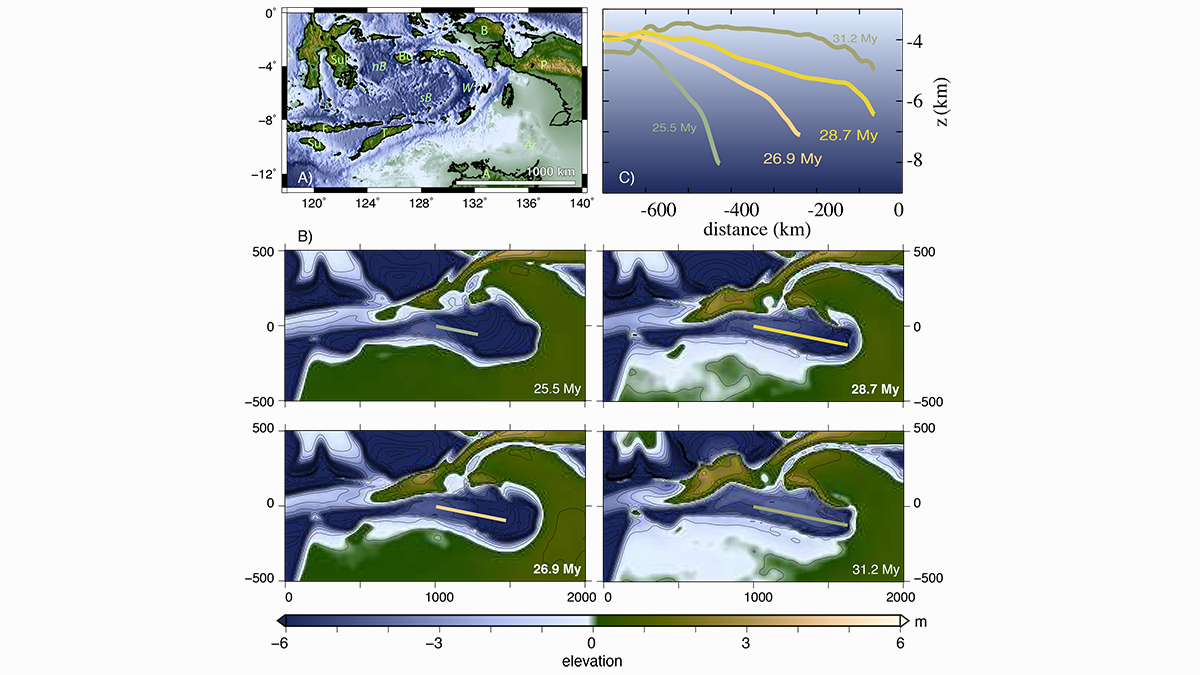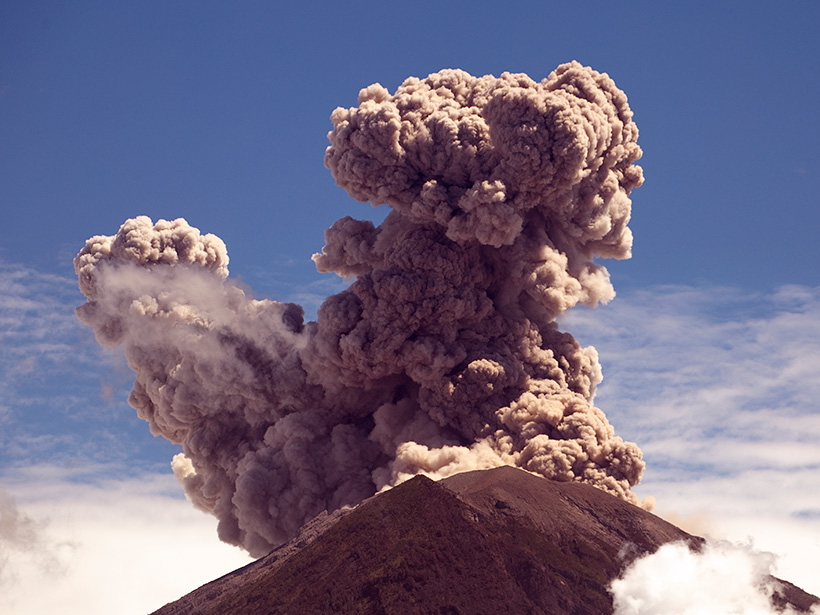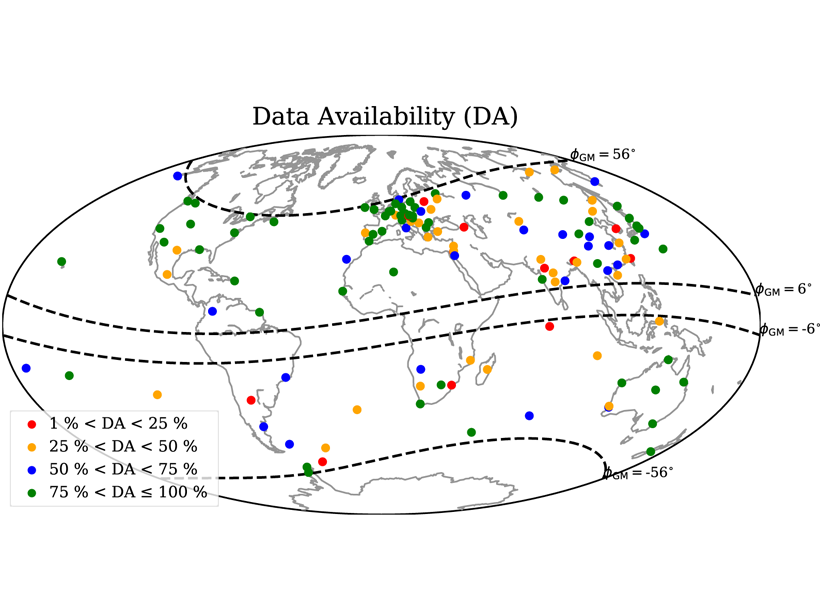Scientists not only synthesized davemaoite but deformed it at lower mantle conditions. They found its strength and viscosity to be substantially lower than those of other minerals that make up the lower mantle.
Earth's mantle
Transient Mantle Flow Triggers Morphotectonic Activity in Asia
Changes in mantle dynamics following the Australian collision in southeast Asia triggered fast and intense morphotectonic activity at the surface.
Recovering Mantle Memories from River Profiles
Researchers use a closed-loop modeling strategy to validate regional uplift patterns recorded in river profiles across the African continent.
Processes in Earth’s Mantle and Surface Connections
A new AGU book presents a multidisciplinary perspective on the dynamic processes occurring in Earth’s mantle.
A Novel Thermobarometer to Infer Mantle Melting Conditions
The algorithm RevPET automatically reverses the complex multi-phase fractional crystallization path of oceanic basalts and offers new perspectives for advancing mantle thermobarometry.
First Report of Seismicity That Initiated in the Lower Mantle
A 4D back-projection method revealed that aftershocks of the 2015 earthquake beneath the Ogasawara (Bonin) Islands occurred as deep as about 750 kilometers.
Lava from Bali Volcanoes Offers Window into Earth’s Mantle
Lava from the Agung and Batur volcanoes provides a near-pristine picture of Earth’s mantle and raises questions about all volcanoes along the Indonesian Sunda Arc and beyond.
Watering Down the Mantle
The cooling of planet Earth over time increased the water carrying capacity of the mantle and could have shrunk the oceans.
Geologists to Shed Light on the Mantle with 3D Model
The model, which will incorporate 227 million surface wave measurements, could help with everything from earthquake characterization to neutrino geosciences.
Globally Variable Water Content in the Mantle Transition Zone
Using electromagnetic waves originating in the ionosphere and magnetosphere, conductivity profiles reaching the deep upper mantle show surprising variability in water content.










